
Research Grant Program projects
Our global Research Grant Program is fueling innovation in alternative proteins, accelerating research, and fostering a global ecosystem for a sustainable and just food system.

Explore our funded research projects
Explore our range of funded research projects, where we actively contribute to shaping the future of the alternative protein field and celebrate past successes. Our grant program is committed to scientific excellence and innovation, creating an environment that encourages progress and discovery.
Active grant projects
Dive into the dynamic landscape of groundbreaking initiatives shaping the future of food systems. These projects are dedicated to answering crucial questions, overcoming technical challenges, and sparking new opportunities—all with a focus on nourishing the world, safeguarding the environment, and fostering innovation.

Neutron scattering during extrusion of meat analogs
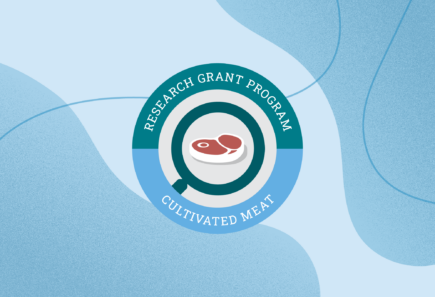
CulFish

Sustainable chicken mushroom mycelia production technology

Plant proteins: Structuring through processing

TRANSFORM ‘Waste-to-Microbial Protein’

Multi-omic profiling for cultivated seafood

Understanding cooling die scalability and protein texturization

Genome-scale metabolic model of porcine cells

Optimizing growth media for bovine cells

Sustainable proteins from agave bagasse fermentation

Model-guided optimization of alt protein

Plant-based marbled meats

Conversion of fish fibroblasts to muscle cells

Antinutrient-free plant albumin

Macroalgae- and Maillard-derived seafood flavor

Byproducts-to-lipids: techno-economic analysis

Enzymatic treatment of hemp ingredient

Seafood flavors from fungal fermentation

Algal extracts for cell media

A novel media recycling system

Mycelium fermentation

Fish culture microcarrier nutrient delivery

Alternative plant-based seafood flavors

Alternative seafood flavors in storage

Peanut meal solid state fermentation

Reproducing salmon aroma

Plant-based transferrin media substitutes

Making fibrous cultivated meat
Learn about Dr. Mohamadmahdi Samandari’s research to integrate intramuscular fat and textural fibers into cultivated meat at University of Connecticut.

Melt-spinning marbled meat
Learn about Dr. Jay Park’s research on fiber melt spinning to biomimic intramuscular fat marbling in alternative proteins at UMass Lowell.
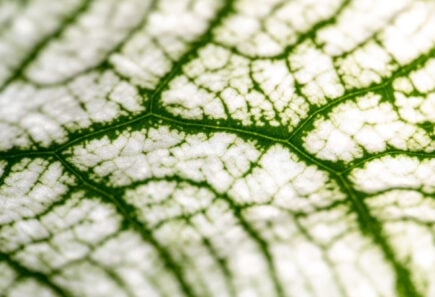
Hybrid scaffolds for cultivated chicken
Learn about Dr. Aline Bruna da Silva’s research on hybrid scaffolds to create 3D cultivated chicken at the Federal Center for Technological Education of Minas Gerais (CEFET-MG).

Turning mushrooms into fish
Learn about Dr. Olga Lucia Mondragon-Bernal’s research to biomimic fish fillets with fungal proteins at Federal University of Lavras (UFLA).
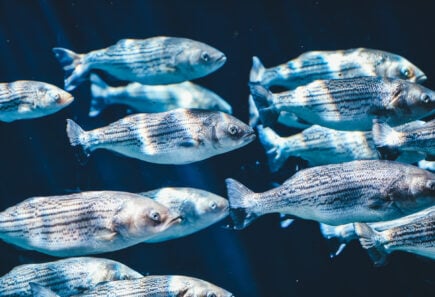
Low-cost differentiation medium for seafood culture
Learn about Dr. Rees’s research to develop low-cost differentiation media for cultivated seafood at Defined Bioscience.

Controlling texture of filamentous fungi
Learn about Dr. Leonie Johanna Jahn’s research to control the texture of filamentous fungi for mycelium-based whole-cut meats at DTU Biosustain.

Stacking plant protein sheets
Learn about Dr. Hanry Yu’s research to recreate the texture of thick animal meats by stacking layers of plant protein sheets at A*STAR.
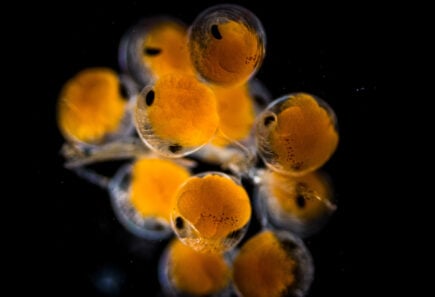
Differentiation and cell lines for cultivated carp
Learn about Dr. Mukunda Goswami’s research to develop cell lines from carp and characterize their differentiation at the Indian Council of Agricultural Research.

3D Printing pulses into fish
Learn about Dr. Luciano Paulino Silva’s research on 3D printing whole-cut fish and seafood from pulses at Embrapa.

Electrospinning plant protein fibers
Learn about Dr. Fabiana Perrechil Bonsanto’s research at Federal University of São Paulo (UNIFESP) to create whole cuts of plant-based meat from electrospinning.

Diversifying cultivated meats
Learn about Dr. Kelly Schultz’s research to develop hybrid scaffolds for cultivated meat structuring, nutrient sensing, and scaleup at Lehigh University.

Self-aggregating proteins
Learn about Dr. Lutz Grossmann’s research to use self-aggregating proteins to develop a low-energy extrusion process for whole-cut plant-based meats at UMass Amherst.

Assembling organoids into meat
Learn about Dr. Iftach Nachman’s research to assemble skeletal muscle organoid building blocks into thick whole-cuts at Tel Aviv University.
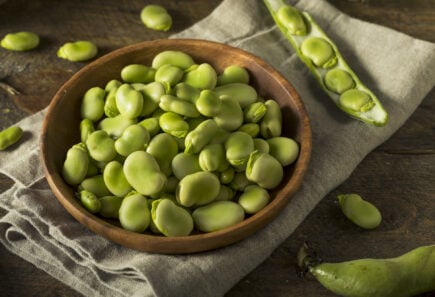
Texturizing proteins and fiber
GFI grantee Dr. Girish Ganjyal at Washington State University is texturizing proteins and fiber to make better plant-based meat.

Blog
Rooted in science, growing exponential impact
Scientists are using GFI funding to create the next wave of plant-based and cultivated meat.
Previous grant projects
Reflect on the research successes that have contributed to the advancement of a healthy, sustainable, and equitable food system. These initiatives have answered fundamental questions and paved the way for continued exploration and growth in addressing critical challenges.

The Frozen Farmyard: A cell line repository

Modeling cells and bioreactor hydrodynamics
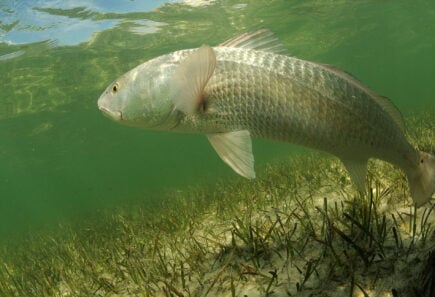
Seafood cell lines
Learn about Dr. Kevan Main and Dr. Cathy Walsh’s work at Mote Marine Laboratory to develop cell lines and methodology for cultivated seafood.
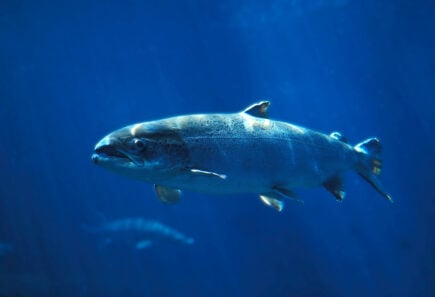
Myosatellite lines from Atlantic salmon
Through the GFI grant program, the Kaplan lab is developing myosatellite lines for cultivated Atlantic salmon at Tufts University
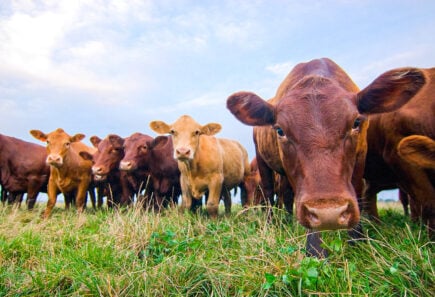
Making muscle cells
Learn about Dr. Ori Bar-Nur’s research to convert bovine and porcine fibroblasts into proliferative myogenic progenitor cells at ETH Zurich.
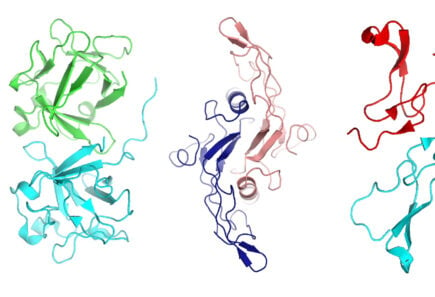
Lowering the cost of growth factors
Learn about Dr. Peter Stogios’ research engineering improved and lower-cost growth factors for cultivated meat at University of Toronto.
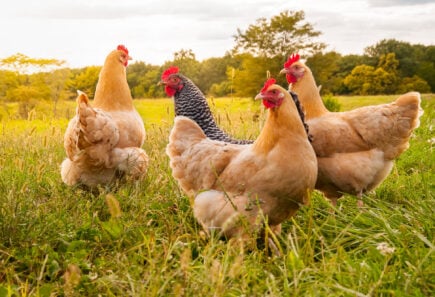
Optimizing media for chicken cells
Learn about Dr. David Block’s work to perfect growth media for cultivated chicken at University of California, Davis.

Formulating media with macromolecular crowding
Learn about Dr. Connon and Dr. Gouveia’s work at Newcastle University, UK to formulate growth media for cultivated meat with macromolecular crowding.

Biomanufacturing scaffold-free cultivated meat
Learn about Dr. Yuguo Lei’s research to develop an integrated solution for biomanufacturing large-volume cultivated meat at Penn State.

Machine learning for fish growth media
Learn about Dr. Reza Ovissipour’s research using machine learning to optimize growth media for fish cells at Virginia Tech.
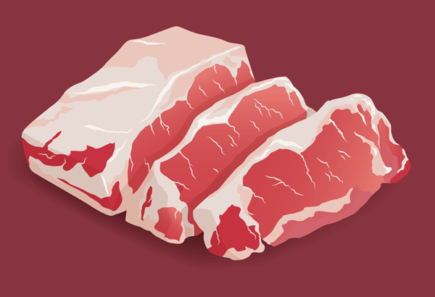
Developing marbled cultivated beef
GFI is developing marbled cultivated beef with Dr. Amy Rowat at University of California, Los Angeles

Smart scaffolds for cultivated meat
Learn about Dr. Oded Shoseyov’s research to develop cost-effective “smart scaffolds” for the cultivated meat industry at the Hebrew University of Jerusalem.

Cellular building blocks
Learn about Dr. Marcelle Machluf’s work designing cellular building blocks for cultivated meat with at Technion – Israel Institute of Technology.
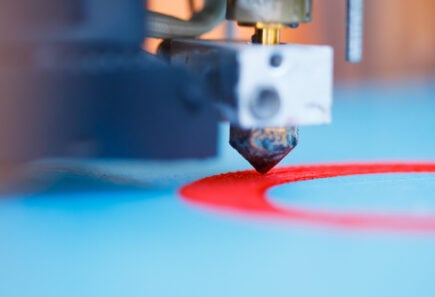
3-D printing bioinks
Learn about GFI grantee Dr. Sara Oliveira’s work 3D bioprinting scaffolds for cultivated meat the International Iberian Nanotechnology Laboratory in Portugal.

Plant-based scaffolds
GFI is building plant-based tissue scaffolds for cultivated meat with Dr. Masatoshi Suzuki at University of Wisconsin, Madison
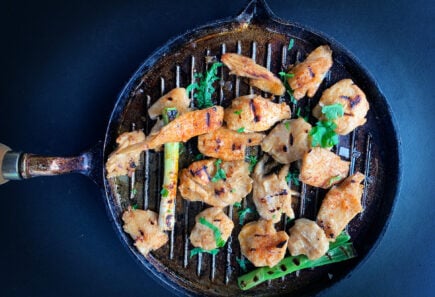
Tissue-engineering whole-cut chicken
Learn about Dr. Vivian Feddern’s research to tissue-engineer whole-cut chicken at Embrapa.
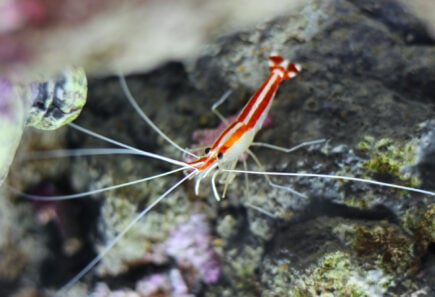
3D fiber scaffolds for shrimp
Learn about Dr. Nataraja Yadavalli’s research to develop edible nanofiber scaffolds for Pacific white shrimp at CytoNest.

Reducing cell culture media cost
Learn about Dr. Burridge’s research to produce low-cost animal skeletal muscle cells at Northwestern University.
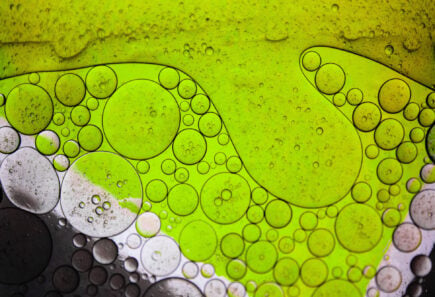
Algae scaffolds for cultivated fish
Learn about Dr. Federico Ferreira’s research to develop scaffolds for cultivated fish from algae and plant materials at University of Lisbon.
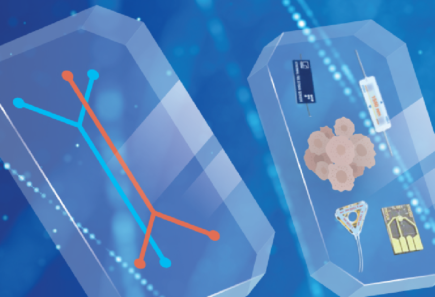
Integrating sensors into bioreactors
GFI grantees Dr. Ivana Gadjanski and Dr. Vasa Radonic are integrating sensors into bioreactors for cultivated meat production.
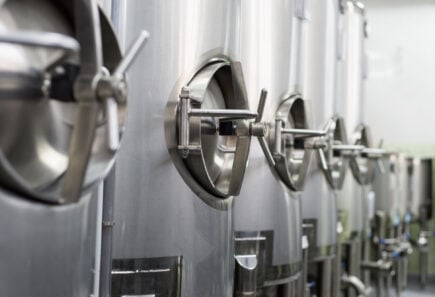
Designing cost-effective bioreactors
Learn about Dr. Marianne Ellis’s work at University of Bath to reduce the cost of bioreactors for cultivated meat production.

Co-culturing cells
GFI grantee Dr. Mariana Petronela Hanga is researching culturing different cell types at the same time.

Computational modeling
GFI grantee Dr. Simon Kahan at the Cultivated Meat Modeling Consortium is using computational modeling to improve bioreactor design for meat cultivation.

Breeding peas and sorghum
Learn about Dr. Dil Thavarajah’s work at Clemson University to breed organic pulse and cereal crops for improved protein biofortification.

Characterizing quinoa protein
Learn about Dr. Ofir Benjamin’s research characterizing quinoa protein for plant-based meat production at Tel Hai College.
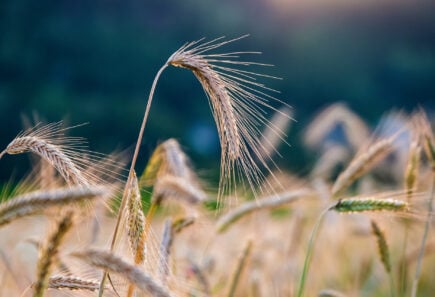
Valorizing agricultural side streams
GFI grantee Dr. Marieke Bruins at Wageningen University in the Netherlands is valorizing agricultural side streams for alternative proteins.

Exploring cassava leaf proteins
GFI is exploring cassava leaf proteins with Dr. Ana Carla Kawazoe Sato at Brazil’s University of Campinas.

Scaling cashew apple supply
GFI grantee Dr. Dionisio is researching cashew apples as a raw material for plant-based meat and solving scale-up challenges in the supply chain.

Identifying pea protein off flavors
Learn about Dr. Jian Li’s work at Beijing Technology and Business University to identify off flavors in pea protein and improve plant-based meat.

Red seaweed protein
Learn about Trophic LLC’s research developing plant-based meat ingredients from red seaweed protein through GFI’s grant program.

Proteins under pressure
Learn about Dr. Ciara McDonnell’s work to establish high-pressure processing and high-pressure thermal processing parameters for plant proteins.

Fat encapsulation
Learn about Dr. Ricardo San Martin’s research incorporating oleogels into plant-based meat at University of California, Berkeley.
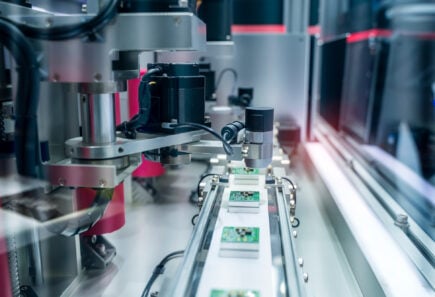
Integrating sensors into extrusion
Learn about Dr. Filiz Koksel’s work at the University of Manitoba to integrate sensors into plant-based meat extrusion.
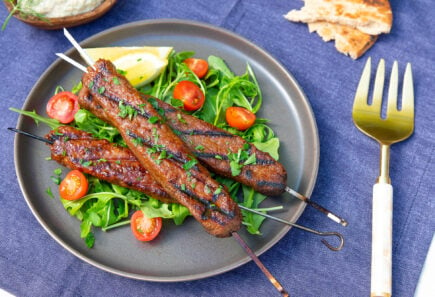
Microstructure engineering
Learn about GFI grantee Dr. Mario Martinez’s work at the University of Guelph engineering microstructures for whole-muscle plant-based meat.
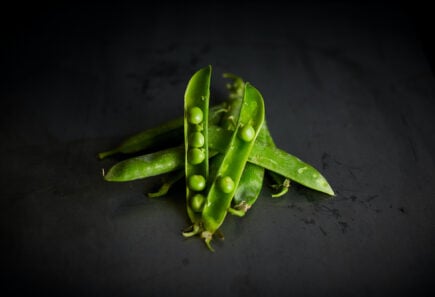
Functional protein fractions
GFI grantee Ms. Miek Schlangen is making functional protein fractions for plant-based meat at Wageningen University in The Netherlands.
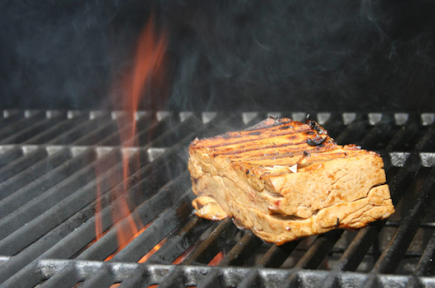
Shear cell technology
GFI grantee Dr. Birgit Dekkers at Rival Foods in The Netherlands is developing shear cell technology to make whole cuts of plant-based meat.
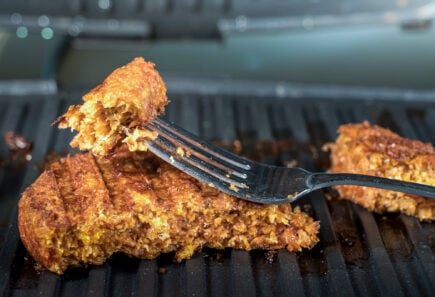
Creating fiber-like structures
Learn how GFI grantee Dr. David Julian McClements is developing an alternative to extrusion for producing plant-based meat at the University of Massachusetts.

Muscle-like structures from pulse proteins
Learn about Dr. Zata Vickers’s research to develop muscle-like structures from pulse proteins to improve the texture of plant-based meat.
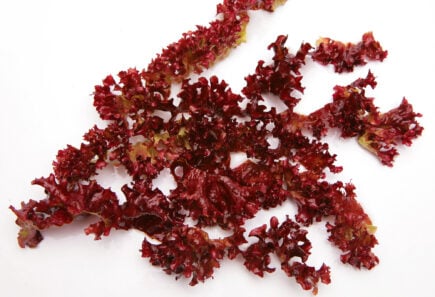
Texturizing seaweed proteins
Learn about Dr. Yoav Livney’s work at The Technion – Israel Institute of Technology texturizing seaweed proteins for plant-based seafood.
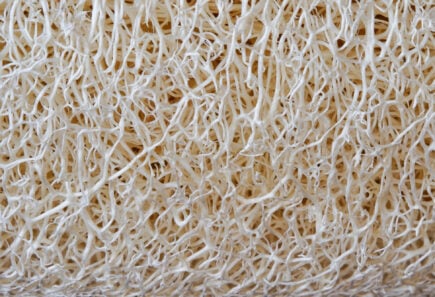
Connective tissue from plant fibers
Learn about Dr. Xiaonan Sui’s research to engineer connective tissues from plants at the Northeast Agricultural University in China.
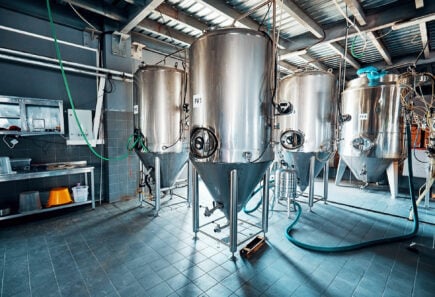
Fermenting flavor bases
Learn about GFI research grantee BZ Goldberg’s work at The Mediterranean Food Lab to develop better flavors for plant-based meat using fermentation.
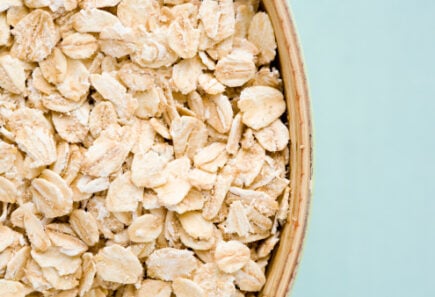
Oat protein fermentation
Learn about cutting-edge research to use fermented oat protein to develop plant-based meat.
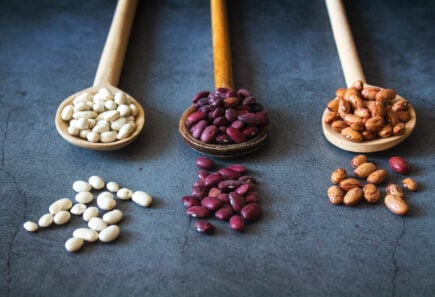
Characterizing bean proteins
Dr. Caroline Mellinger at The Brazilian Agricultural Research Corporation (EMBRAPA) is exploring bean protein as ingredients for plant-based meat.

Research Grant Program
Looking for grant opportunities? Explore GFI-funded projects that are driving innovation and breaking boundaries in alternative protein research.
